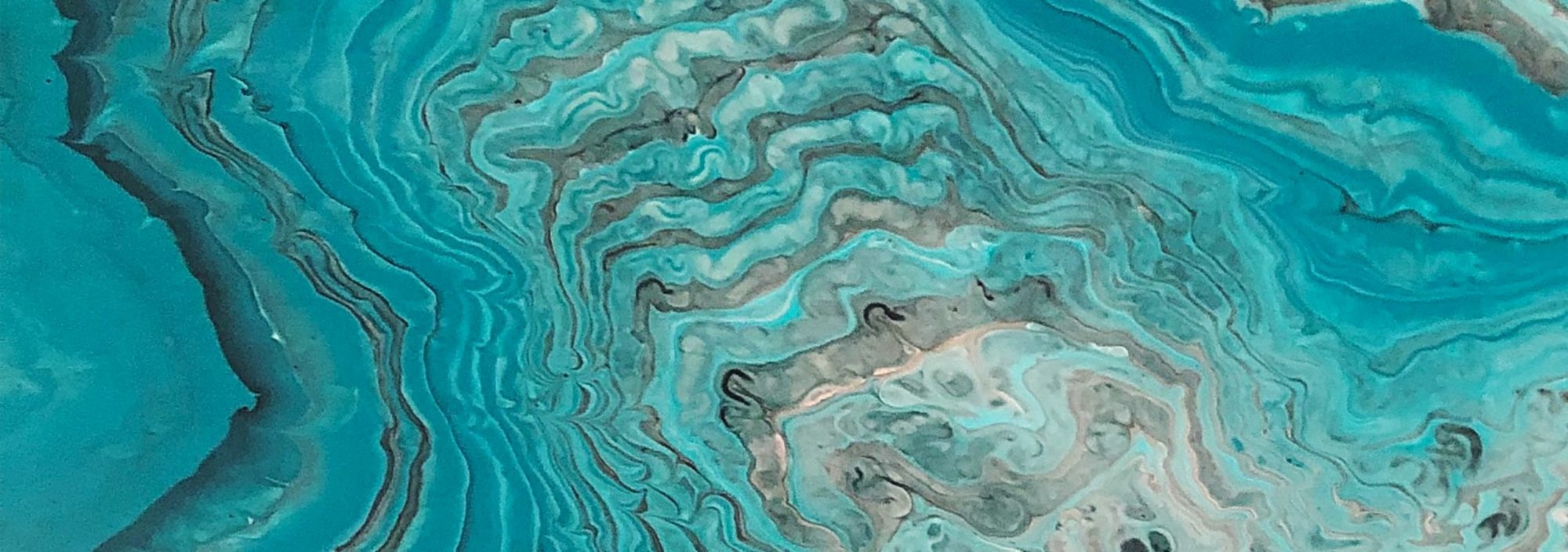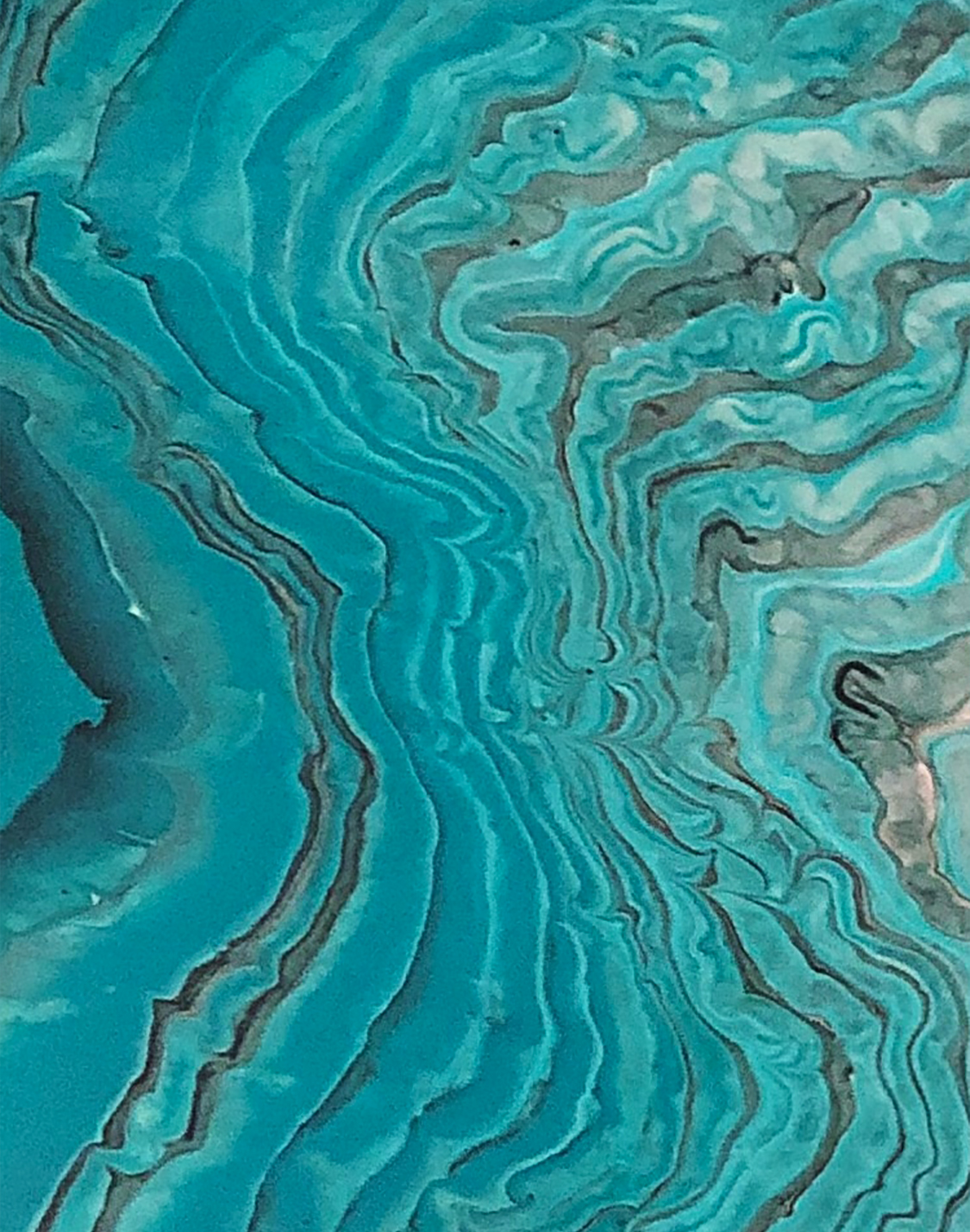

A new perspective on marine silicium, an essential trace element for the skin
January 24, 2023
Silicium, an essential trace element for maintaining structures, is present in microalgae diatoms and in the skin. Thanks to its extensive R&D efforts, Microphyt has managed to extract this element in a manufacturing co-product to create PhycoSi™, an upcycled bioactive ingredient containing bioavailable marine silicium. We take a closer look at a new way of harnessing the benefits of silicium transformed by the magic of microalgae.
Silicium on the trace elements podium
In chemistry terms, silicium is a metalloid. In biology terms, it is a trace element which is crucial for the proper functioning of the human body. After iron and zinc, silicium is the third trace element in the human body, mainly found in bones, blood vessels and the skin.
Silicium’s benefits for the skin
Silicium is most abundant in connective tissue, such as the skin. As well as playing a metabolic and structural role in the synthesis and stabilization of collagen in the dermis, it also helps to maintain a good level of hydration.
Cosmetics professionals particularly appreciate it for its virtues against skin aging. Clinical trials conducted by Microphyt demonstrated that PhycoSi™, the first upcycled active ingredient rich in bioavailable marine silicium, recharges and restructures the dermis deep down, then protects and restores the skin’s surface. This two-step action smooths the cutaneous microrelief and increases dermis density.
Marine silicium, an eco-friendly solution
Silicium is the second most abundant element in the earth’s crust after oxygen, and yet it is hard to find on the earth’s surface.
In nature, silicium exists in two forms:
- One that cannot be assimilated by the human body (amorphous silica in sand or mineral silica in quartz and cristobalite).
- And one which can be assimilated by the human body and accounts for just 0.03% of the biota (silicon dioxide synthesized by living organisms such as microalgae).
In the cosmetics sector, silicium is traditionally sourced from plants such as bamboo, which absorbs silica through its roots to improve its rigidity. However, this industrial process involves combustion, which changes the structure (and thus the beneficial effect) and emits greenhouse gases, which are harmful to the environment.
Marine silicium is therefore the most environmentally friendly alternative. As a result of soil sedimentation, silica can be found in rivers and oceans, much to the delight of diatoms (a type of microalgae). The latter naturally transform this inorganic silicium into organic silicium to create their very own protective barrier against the external environment. As such, diatoms are a sustainable source of assimilable silicium.
PhycoSi™, Microphyt’s latest silicium-based cosmetic active ingredient
Thanks to an ingenious solution, Microphyt managed to upcycle a manufacturing co-product from a nutraceutical ingredient that was previously unused.
By creating a new extraction process on this co-product, Microphyt obtains an upcycled bioactive and bioavailable ingredient for the skin that is rich in marine silicium.
This new upcycling technique strengthens Microphyt’s CSR position and opens up new opportunities for new effective and sustainable ingredients.
To find out more about our new active ingredient, PhycoSi™, click here.

Bibliography :
Quignard, S et al. Silica nanoparticles as sources of silicic acid favoring wound healing in vitro.Colloids and Surfaces Biointerfaces 2017, 155:530-537
Picaud, C. Oligo-éléments : excès, carences et conseil officinal 2017. Université de Limoges.
Jean-Dominique Meunier, Le rôle des plantes dans le transfert du silicium à la surface des continents, Comptes Rendus Geoscience, Volume 335, Issue 16, 2003, Pages 1199-1206, ISSN 1631-0713.




